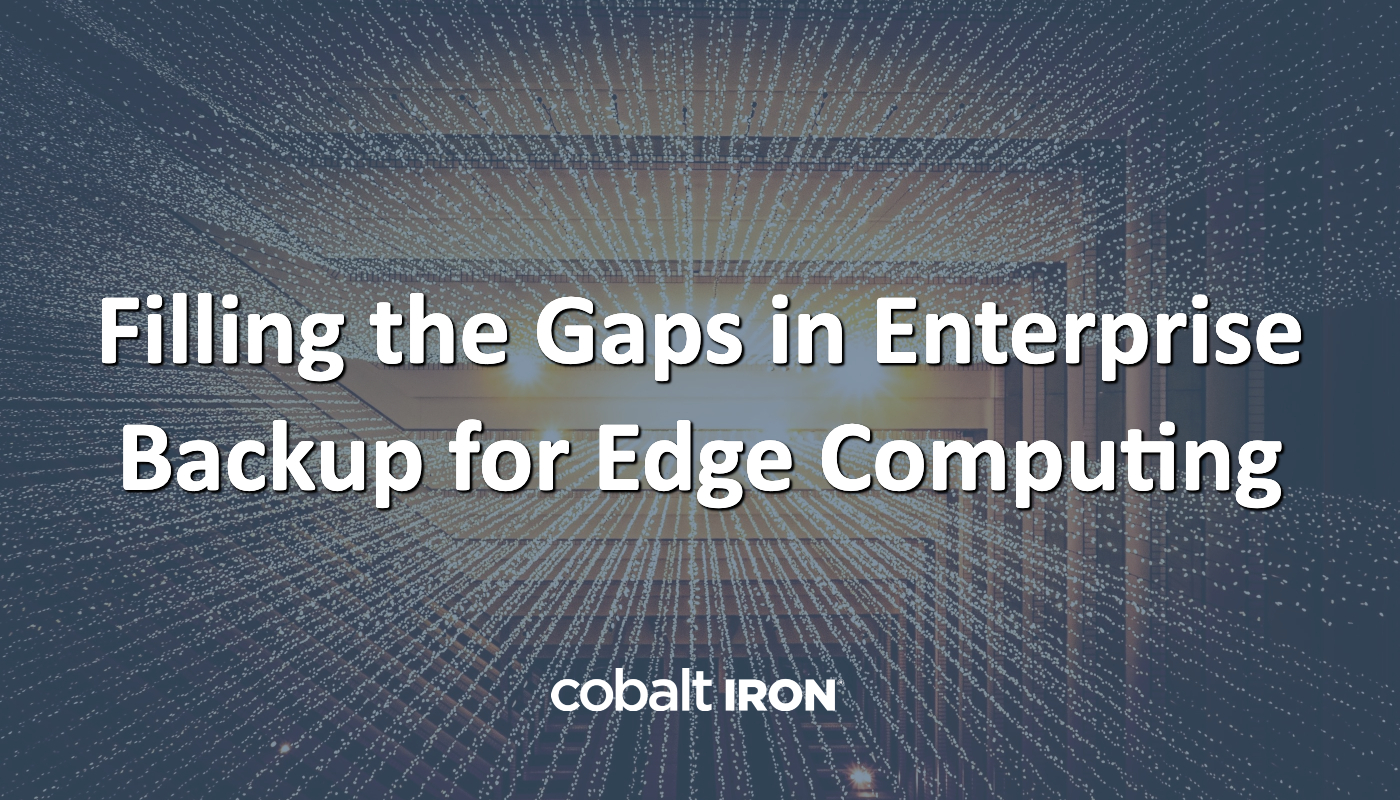Way back in 2018, Gartner predicted that by 2025, 75% of data will be processed outside the traditional data center or cloud — that is, processed at the edge. And for good reason. Thanks to the Internet of Things, artificial intelligence, and big data analytics —accelerated by 5G — the need for storage and compute power is increasing exponentially, and centralized network infrastructures can’t keep up. The result is unacceptably high latency in data-intensive applications. Instead of storing and processing data in a central location and then transporting it over a network or cloud to the end device, it makes sense to push those functions out to the devices themselves, or at least closer to them — thereby combating the latency problem.
That is where many IT decision-makers are taking their operations. In a March 2021 survey of 250 U.S. IT leaders, 86% say that edge computing is the best environment for latency-sensitive apps, and 90% agree that moving high-performance apps from the cloud to the edge will reduce lag time and improve performance.
But for all the buzz about the business benefits of edge computing, there’s not as much chatter about its less sexy side — storage, protection, and security. IT leaders are craving this information.
Edge Computing Makes Data Protection More Complex
Edge computing is a distributed architecture that brings data storage and compute closer to where it is being used. Doing that certainly makes data transfers more efficient, but it also makes protecting that data dramatically more complex. It can leave big gaps in your data protection that create an opening for errors and bad actors to take over.
Gaps in the Backup Strategy Create Risks
If your enterprise has already entered the realm of edge computing, then you’ve probably experienced some or all of these gaps in the system that make it harder to keep your data safe, and the unique challenges for backing up and recovering data on the edge. Risks and gaps can include:
- Silos of data protection — The nature of a distributed architecture means silos of data protection develop. These silos tax IT staff, create inefficiencies and greater complexity, and significantly increase costs due to running disparate systems.
- Poor reporting — Because data protection happens in silos, you have to pull information manually from each backup server location and from multiple applications and then aggregate it all into a report. That means the reports lack consistency, making it easy to miss critical errors.
- Poor performance — The complexity drives inconsistencies in data-protection policy creation and implementation, resulting in lower backup success rates.
- Higher costs — A distributed architecture requires more backup servers, creating more inefficiencies from an infrastructure and management perspective.
How to eliminate Security risks FOR EDGE COMPUTING BACKUP
Nearly half of IT leaders have significant concerns about edge security, and 91% are looking to a technology partner to help understand the complexities.
Cobalt Iron and our Compass SaaS-based enterprise data protection platform are helping customers with this issue while consolidating their backup operations management into a converged, software-automated solution.
Through a simple-to-use, single-pane-of-glass management tool, Cobalt Iron Compass eliminates the complexity and lowers the high costs associated with edge computing backup processes. Analytics and automation drive out inefficiencies and human error that cause poor performance. Administrators also can apply and manage the environment based on enterprise policies across all edge computing locations while reducing their compute and storage requirements.
Compass fills the gaps in data protection for edge computing. Here’s how:
- Compass cloud-based SaaS delivery eliminates silos by unifying the data protection infrastructure through its Commander dashboard — a unified console through which to manage the entire backup environment from data centers to all end-points.
- Compass provides comprehensive reporting for the entire data protection environment, giving full visibility to drive better decision-making and complete audit capabilities.
- Analytics and automation fine-tune the backup infrastructure and drive out inconsistencies by consistently implementing best practices to backup processes. The result? Backup success rates of over 99%.
- Compass can lower the total cost of ownership by eliminating inefficiencies in deployment, infrastructure requirements, and operating resources through automation and analytics.
Need more details on protecting your edge computing data? Download the edge computing solution brief here >>

< Back to Blog